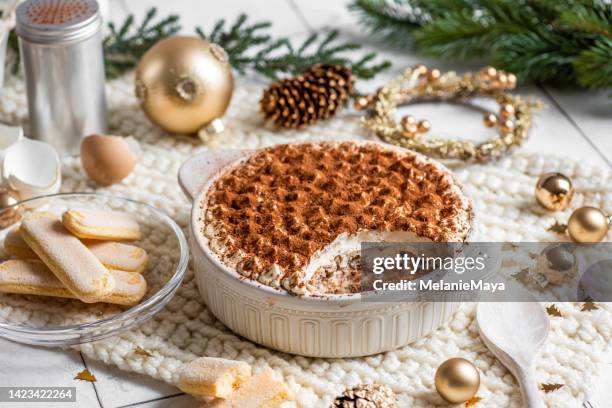
Autumn's Sweet Secret: Persimmon Pudding, Bat Houses, and the Harmony of the Homestead
As the last maple leaves surrender their crimson glory to the November wind, and the world turns to shades of amber and russet, the persimmons ripen, offering a sweet and earthy treasure. And what better way to celebrate this autumnal bounty than with a slice of moist, fragrant Persimmon Pudding, a taste of generations past, a world away from those brightly colored, artificial candies that flood the stores? But our homesteading doesn't stop in the kitchen, it extends to the very skies above, with a bat house to create a vibrant ecosystem, attracting nature’s own pest controllers. Let's celebrate this season of harvest, togetherness, and preparation for the quieter months ahead with persimmon pudding, bat houses, and a nod to our indigenous brothers and sisters and the "Three Sisters Garden".
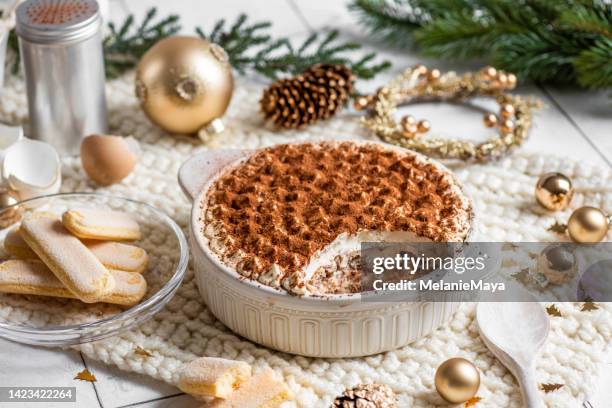
The Elusive Persimmon: A Taste of Autumn's Bounty
The persimmon. Just the name evokes a sense of rustic charm and forgotten flavors. But for many, the first encounter with an unripe persimmon is a memorable one - a mouth-puckering experience that quickly teaches respect for this unique fruit. Unripe persimmons are incredibly astringent, thanks to high levels of tannins. The sensation is so powerful it can literally dry out your mouth!
But patience is rewarded. When fully ripe, the persimmon transforms into a honeyed delight. The astringency disappears, replaced by a sweetness that hints at caramel, spice, and a subtle earthiness. It's a flavor unlike any other, a true taste of autumn's bounty. The American Persimmon is native to the Eastern United States.
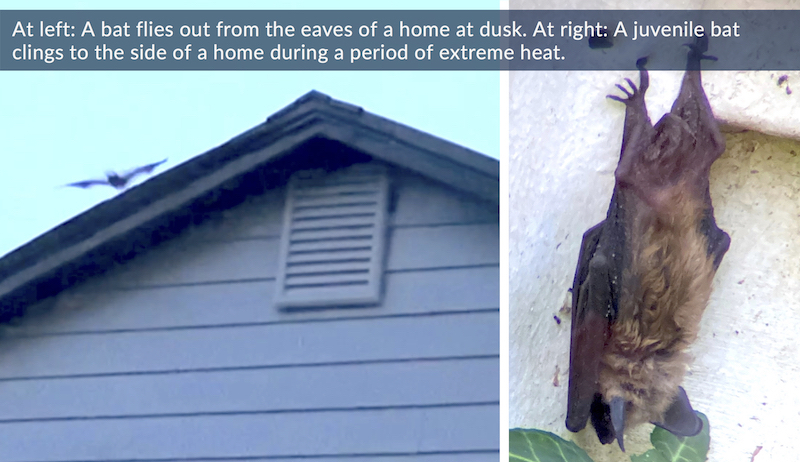
Finding wild persimmon trees can be a rewarding challenge. Look for trees with distinctive bark that resembles alligator hide, a characteristic that sets them apart from other hardwoods. The leaves are oval and glossy green, turning vibrant shades of orange and red in the fall before dropping. The fruit, bright orange spheres, often cling to the bare branches long after the leaves have fallen, adding a splash of color to the winter landscape.
When foraging for persimmons, it's essential to practice responsible harvesting. Leave plenty of fruit for wildlife, such as birds and deer, who rely on persimmons as a food source. And never strip an entire tree bare; ensure the sustainability of the persimmon population for years to come. Only harvest fruit that falls easily into your hand.
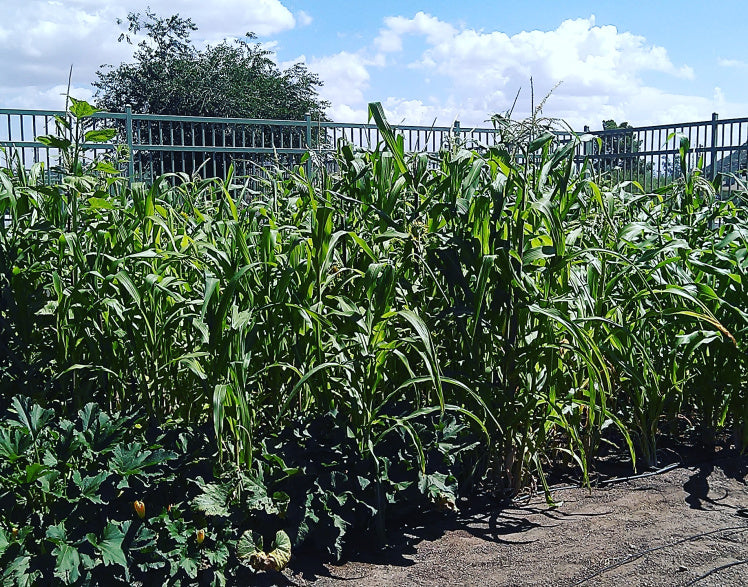
Persimmon Pudding: A Recipe from the Heart of the Heartland
This Persimmon Pudding recipe is a testament to the resourceful spirit of homesteading, transforming a foraged treasure into a comforting and delicious dessert. Feel free to adjust sweetness and spice levels to your preference. For a richer flavor, substitute maple syrup for brown sugar, or add a pinch of cayenne pepper for a subtle kick!
Ingredients:
- 1 cup ripe persimmon pulp (from approximately 6-8 medium-sized persimmons), carefully strained to remove seeds and skins, resulting in a smooth, vibrant orange puree.
- 1 cup all-purpose flour (or a gluten-free blend for a GF option, like Bob's Red Mill 1-to-1 Baking Flour).
- 1 teaspoon baking soda.
- 1/2 teaspoon ground cinnamon (preferably Ceylon cinnamon for its delicate flavor).
- 1/4 teaspoon ground nutmeg (freshly grated for maximum aroma).
- 1/4 teaspoon ground cloves.
- 1/2 teaspoon sea salt (coarse, for enhanced flavor).
- 1 cup brown sugar (packed, light or dark depending on preference).
- 1/2 cup melted butter (from grass-fed cows, ideally Kerrygold butter).
- 1 cup milk (or almond milk for a dairy-free option, unsweetened).
- 1 large egg (from backyard chickens, preferably free-range).
- 1 teaspoon vanilla extract (pure vanilla extract, not imitation).
- Optional: 1/2 cup chopped walnuts or pecans (toasted for added flavor).
- Garnish: Fresh Mint (spearmint or peppermint), local honey (wildflower or clover).
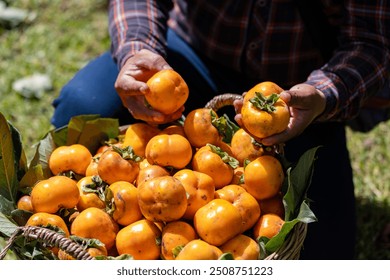
Instructions:
- Preheat oven to 350°F (175°C). Grease and flour a 9x9 inch baking dish (using butter and gluten-free flour if needed).
- In a large bowl, whisk together the flour, baking soda, cinnamon, nutmeg, cloves, and salt until evenly combined.
- In a separate bowl, combine the persimmon pulp, brown sugar, melted butter, milk, egg, and vanilla extract. Mix well with a wooden spoon until smooth.
- Gradually add the wet ingredients to the dry ingredients, mixing until just combined. Avoid overmixing to prevent a tough pudding. Fold in the nuts, if desired.
- Pour the batter into the prepared baking dish and bake for 45-55 minutes, or until a toothpick inserted into the center comes out clean, with only a few moist crumbs clinging.
- Let cool slightly on a wire rack before serving. Garnish with fresh mint and a drizzle of local honey.
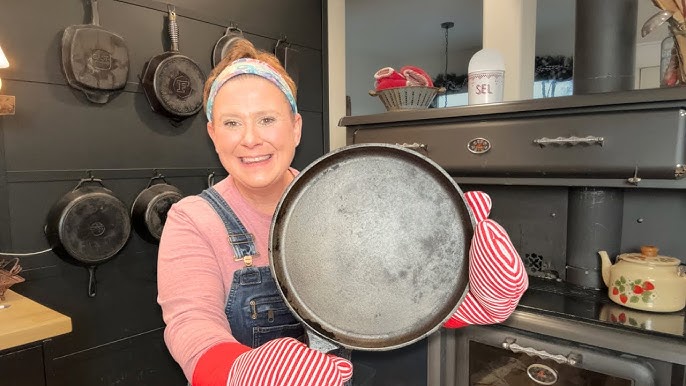
Building a Bat House: A Sanctuary for Nature's Pest Controllers
Beyond the kitchen, our homesteading practices extend to creating a balanced ecosystem around our homes. Building a bat house is a simple yet effective way to attract these nocturnal insectivores to your property, providing natural pest control and promoting biodiversity. Bats are voracious eaters of insects, consuming mosquitoes, moths, beetles, and other pests that can damage crops and annoy livestock. Attracting Bats to your Garden is a natural way to balance your ecosystem.
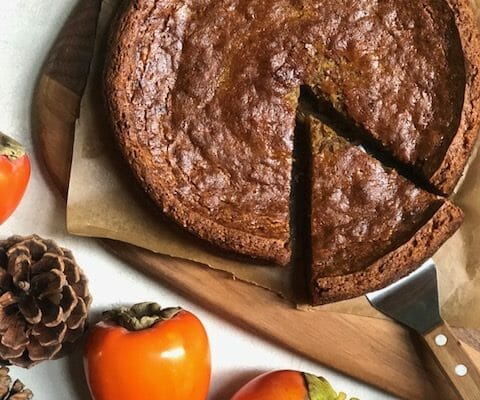
Here is what you’ll need to build your own DIY Bat House: a 1x12x8' piece of untreated lumber (rough-sawn cedar or redwood is best for good grip and weather resistance), exterior screws and nails (stainless steel for longevity), black roofing paper or paint (non-toxic, water-based black paint), a drill with various bits, measuring tape, and a pencil. Don’t forget safety glasses and gloves!
Instructions:
Cut the lumber according to the Bat Conservation International's recommended dimensions, usually calling for a box that is about 24-36 inches tall, 18 inches wide, and 4-6 inches deep. A single chamber house is the easiest for beginners. You can find detailed DIY Bat House Plans on Bat Conservation International's website (https://www.batcon.org/). Attach the back, sides, and top together with exterior screws and nails, ensuring a snug fit to prevent drafts. The bottom should be open to allow the bats to exit easily. Attach the roofing paper or paint the exterior black to absorb heat (bats like warm roosts, aiming for an internal temperature of 80-100 degrees Fahrenheit). Mount the bat house on a pole or the side of a building (preferably a barn or shed), at least 10-12 feet off the ground, facing south or east to maximize sunlight and avoid wind.
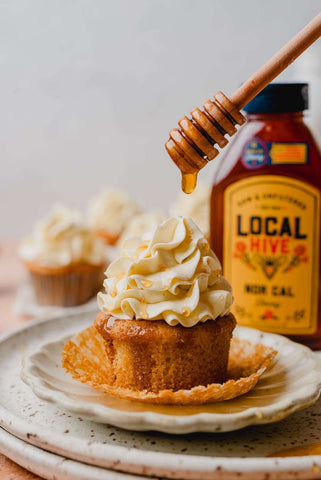
The "Three Sisters": A Symbiotic Garden
Honoring ancient agricultural traditions, the "Three Sisters" garden exemplifies the power of companion planting. Corn, beans, and squash are grown together in a symbiotic relationship, each plant benefiting the others. The corn provides a natural trellis for the beans to climb, while the beans fix nitrogen in the soil, enriching it for the corn and squash. The squash vines spread across the ground, providing ground cover that suppresses weeds and helps retain moisture. Plant Blue Corn, Scarlet Runner Beans, and Hubbard Squash together for optimum results. Follow these methods for optimal success with a Three Sisters Garden Guide.


Closing Reflection
This persimmon pudding and bat house project is all about livin' in harmony with nature and creating a thriving ecosystem around our homes. It's about enjoying the bounty of the season while also giving back to the land. Imagine a plate of warm Persimmon Pudding, enjoyed on a cool evening, knowing that the bats overhead are diligently protecting your garden. What are your favorite fall recipes, and what are you doing to promote biodiversity on your homestead? Share your stories and tips in the comments below! We learn from each other.
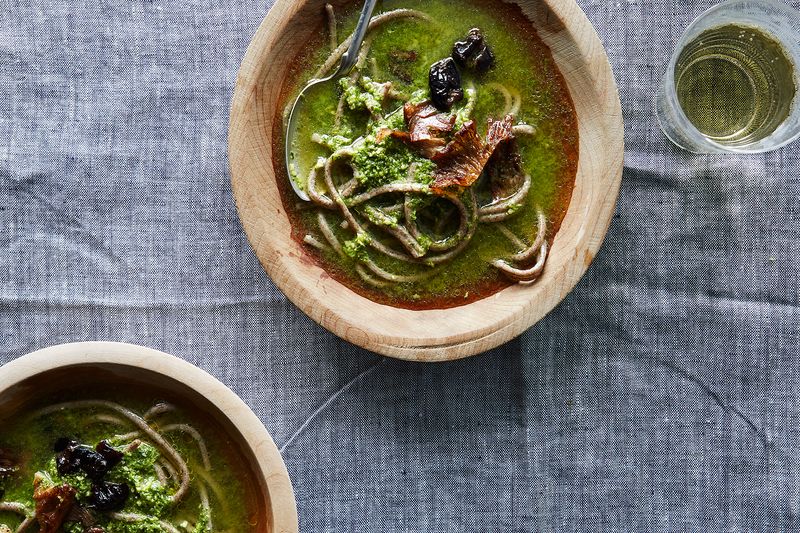
Keywords: organic gardening, seasonal harvest, homegrown, compost, sustainable home, cozy living, backyard projects, farmhouse life, Persimmon Pudding, Bat House, foraging, persimmons, local honey, "Three Sisters" garden, sustainable gardening, biodiversity.